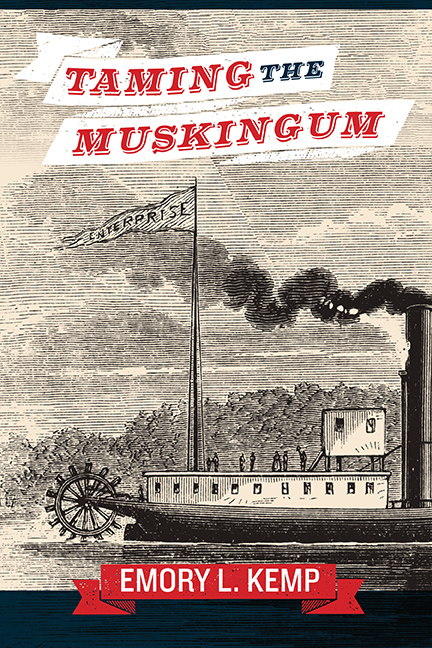Summary
A tributary of the Ohio River and significant commercial route in the nineteenth century, the Muskingum River in southeastern Ohio presents a remarkable case study of how Americans have managed their waterways. In Taming the Muskingum, esteemed scholar Emory Kemp traces this history, emphasizing the engineering and construction aspects of river navigation and the fourteen related flood control dams built under the direction of the U.S. Army Corps of Engineers. Kemp’s study ranges from early settlement and navigation of the uncontrolled Muskingum to the state-of-the-art engineering projects undertaken during the New Deal to more recent conservation and recreation uses.
Illustrated with drawings, photographs, and maps showing many aspects of the dam and reservoir system as well as the Muskingum slackwater navigation, Taming the Muskingum is a rich evocation of a navigation system that is today recognized as a national Historical Civil Engineering Landmark.
Contents
Coming Soon.
Author
Emory L. Kemp, a distinguished engineer in the American Society of Civil Engineers, has been a practicing engineer for more than half a century. He is the founder and director of the Institute for the History of Technology and Industrial Archaeology at West Virginia University, where he was also chair and a professor of civil engineering and history. He has served as president of the Public Works Historical Society and is a codirector of the Smithsonian Institution/West Virginia University Joint Project for the History of Technology. He is the author of Essays on the History of Transportation and Technology and American Bridge Patents:The First Century (1790-1890), both available from West Virginia University Press.
Reviews
Coming Soon.














